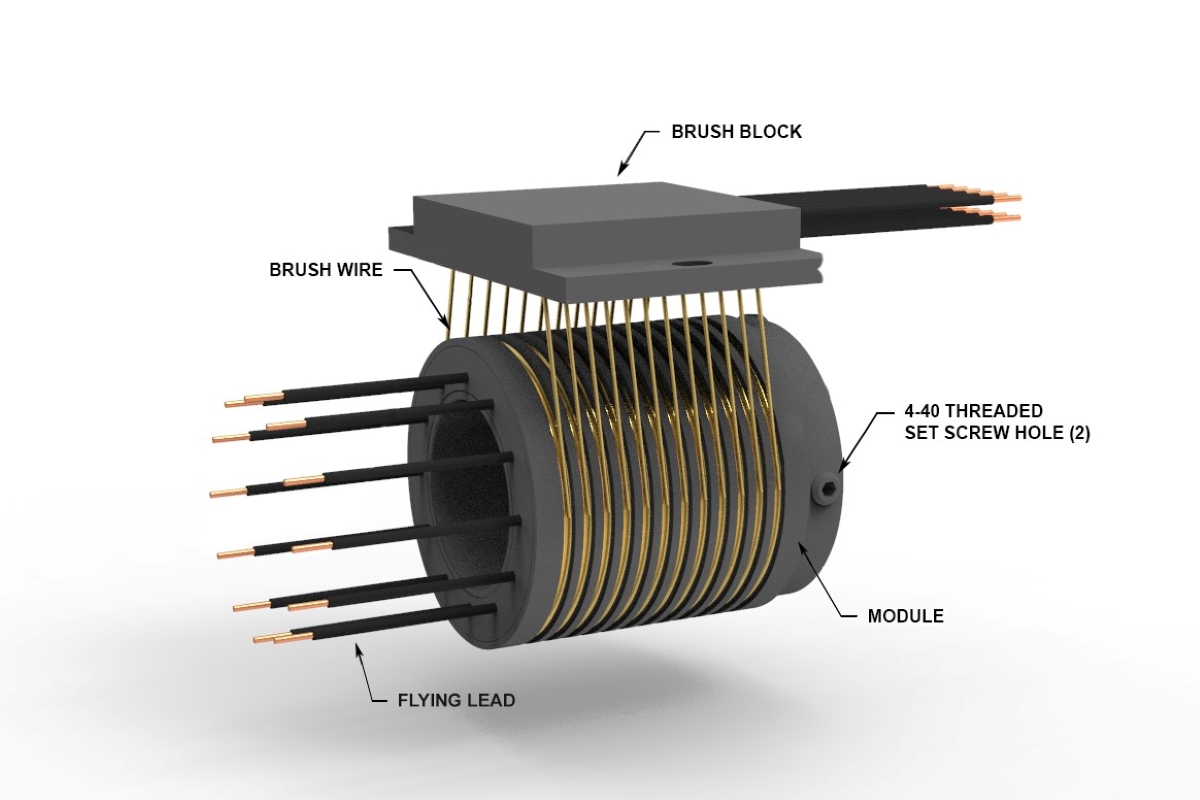Slip ring technology is a key component in CT scans, and collecting rings are an important part of this technology. Slip rings are used to transfer electrical signals and power from a stationary to a rotating part of a machine. This technology is used in CT scans to rotate the X-ray tube and detector around the patient, allowing for the creation of a 3D image of the patient’s body.
How Slip Ring Technology Works in CT Scans
In a CT scan, the X-ray tube and detector are mounted on a rotating gantry. The gantry is connected to a stationary base via a slip ring. The slip ring is a device that allows electrical signals and power to be transferred from the stationary base to the rotating gantry. This allows the X-ray tube and detector to rotate around the patient, creating a 3D image of the patient’s body.
What is a Collecting Ring?
A collecting ring is a device that is used in conjunction with a slip ring to collect electrical signals from the rotating part of the machine. The collecting ring is mounted on the stationary base and is connected to the slip ring. As the gantry rotates, the slip ring transfers electrical signals from the rotating gantry to the collecting ring. The collecting ring then sends the electrical signals to the control system, allowing the CT scan to be performed.
Slip ring technology and collecting rings are essential components in CT scans. Slip rings are used to transfer electrical signals and power from a stationary to a rotating part of a machine, while collecting rings are used to collect electrical signals from the rotating part of the machine. Together, these components allow for the creation of a 3D image of the patient’s body.


